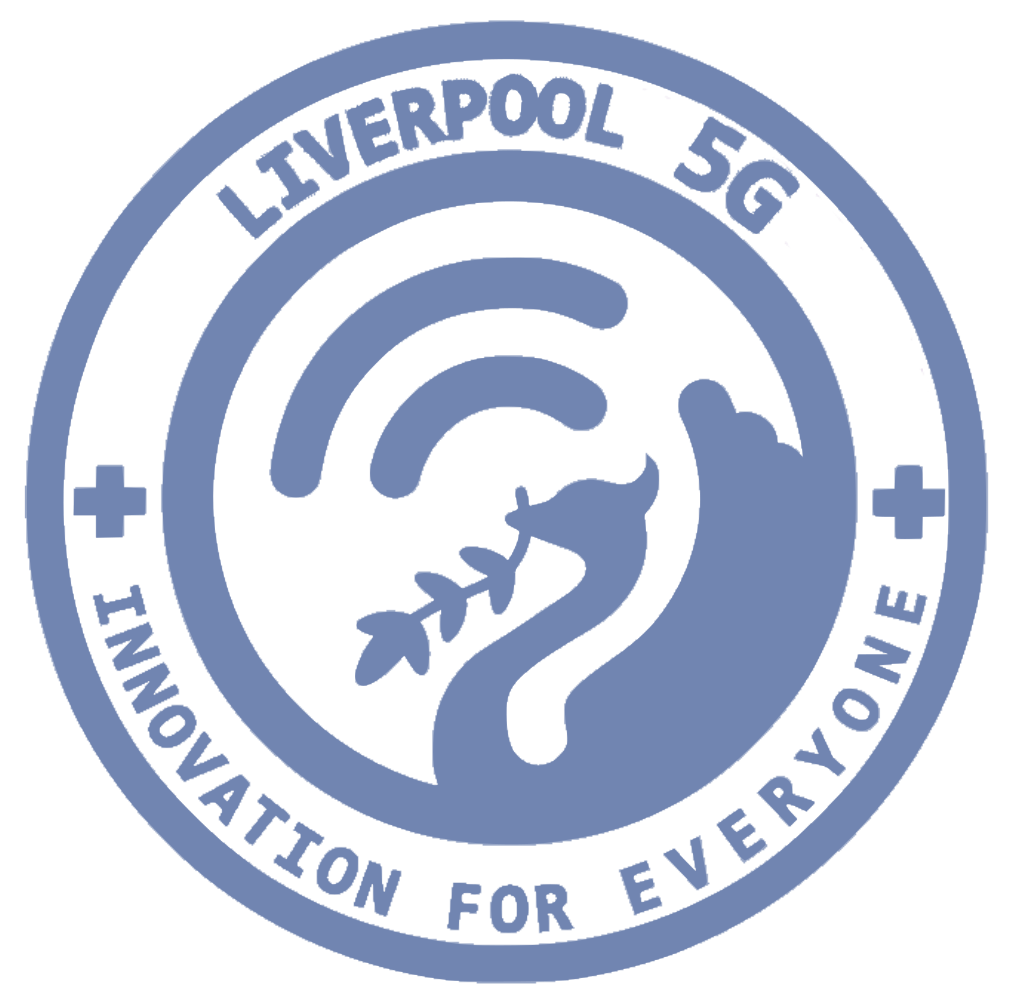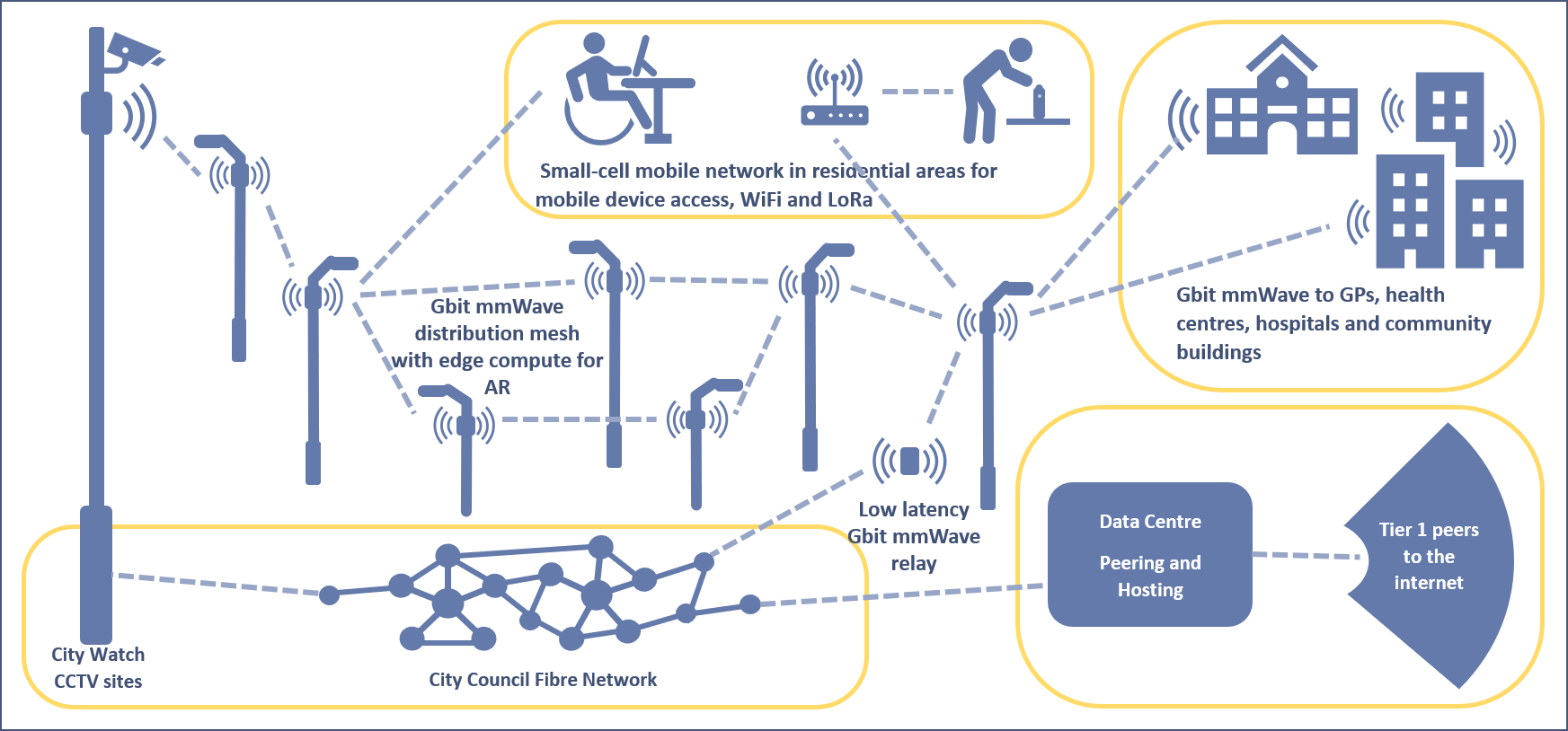Connecting Health and Social Care
Background
At the end of July 2020, the Liverpool 5G Consortium was awarded £4.3m by DCMS to support health and social care technologies as part of our £7.2m project: Liverpool 5G Create: Connecting Health and Social Care.
This work built on the previous 5G Health and Social Care Testbed in Kensington, increasing the area covered, upgrading the network technology and trialling new use cases in health and social care.
The project started in September 2020, and ran until March 2022.
The consortium was led by the University of Liverpool with partners Liverpool City Council, Blu Wireless Technology Ltd, Broadway Partners Ltd, Liverpool John Moores University, CGA Simulation Ltd, Docobo Ltd, NHS Liverpool Clinical Commissioning Group and Merseycare NHS Foundation Trust. The project was managed and supported by the eHealth Cluster Ltd with further services supplied by Telet Research (NI) Ltd, AIMES Management Services Ltd and Real Wireless Ltd.

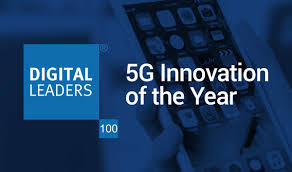
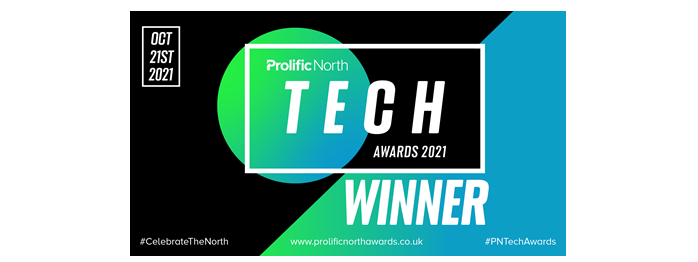
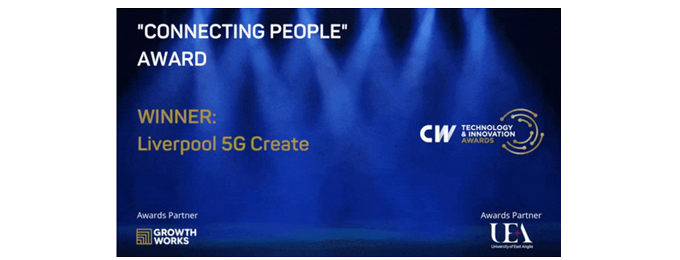

Click to read the full details of the project, its activities, technical details, benefits, impact and outcomes
Aims
The project aimed to reduce digital poverty for vulnerable people in need, providing safe, free and accessible connectivity to services including health, social care and education:
- Change people’s lives by reducing digital poverty, and providing digital health, social care and education support where it’s needed most
- Help people with long-term health conditions live independently at home for longer by using our 5G supported health and social care technology, freeing up valuable health and social care resources and saving money
- Provide the technology for children to home-school online, reducing the inequalities of technology provision
- Enable health and social care providers to offer robust, reliable digital health applications as an alternative to face-to-face interventions
- Create a safe, reliable and robust private 5G network with ubiquitous coverage across the network area
- Support the UK’s Covid-19 recovery by enabling British built technology and innovation to thrive in a meaningful and sustainable way
- Create practical, affordable digital solutions to replace the analogue telehealth technologies which will be turned off in 2025
- Deliver a blueprint for using 5G networks to deliver public services.
Activities
Over 18 months we:
- Developed a private, independent 5G network for delivering public services
- Built on the previous successful Liverpool 5G Testbed
- Upgraded our existing network technology and increased the physical area covered
- Used world-leading 5G technology, trialling new-to-5G, and in some case entirely new, devices and apps in health and social care
- Worked with key organisations from the NHS, the social care sector, local government, national government.
- Built a network that addresses needs
The network is designed to provide the Service Level needed for health and social care applications- Connectivity is provided via Wi-Fi or cellular with no charge to the resident, meaning remote monitoring is available to all, even where there’s no broadband
- Liverpool 5G bear the costs of deployment and maintenance – residents will not incur any usage costs
- Health services, care homes, supported living, and home care can access for free (or less than current costs), freeing up spend for frontline services.
- A unique health, social care & education ‘network-of-networks’ that incorporates mmWave 60ghz mesh network, small cell radio technology for ‘not spots’, & LoRaWan backhaul for IoT telehealth devices.
